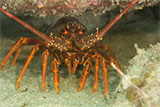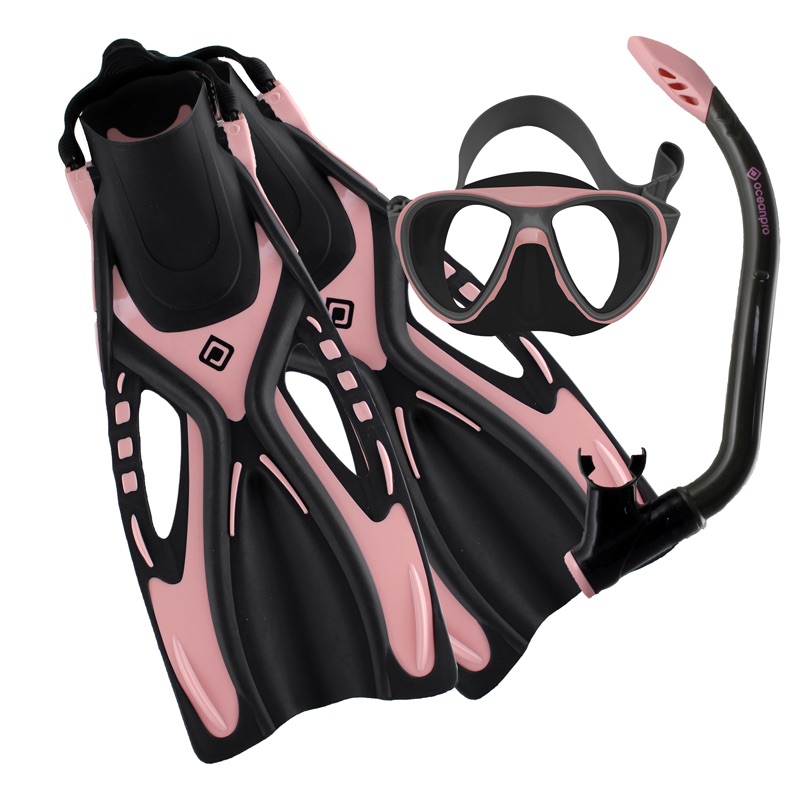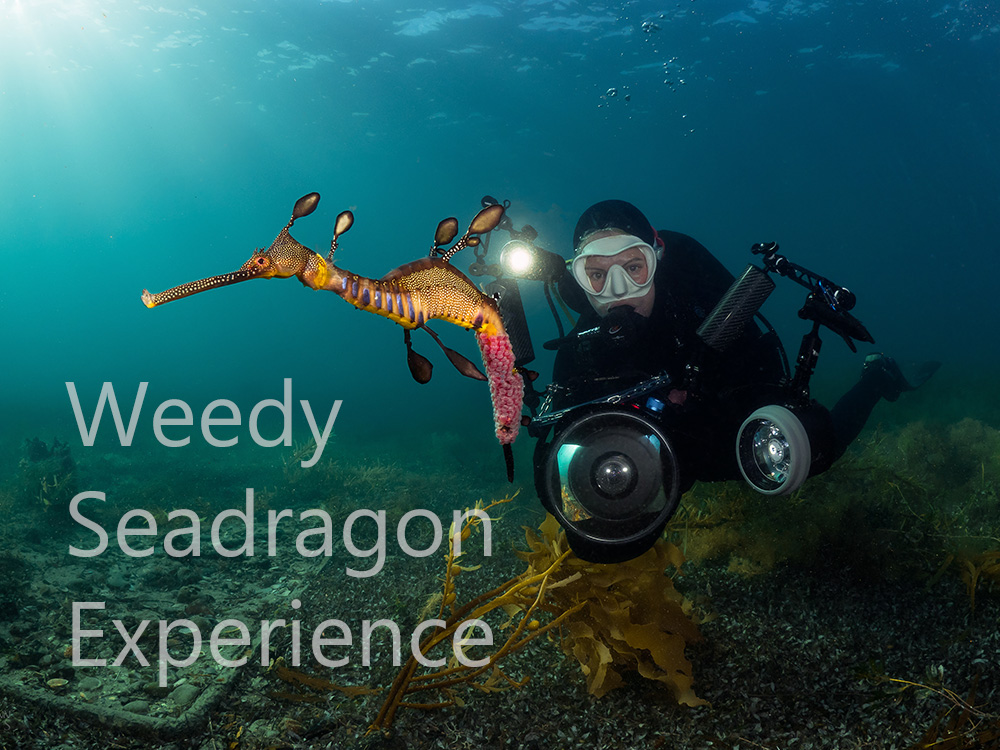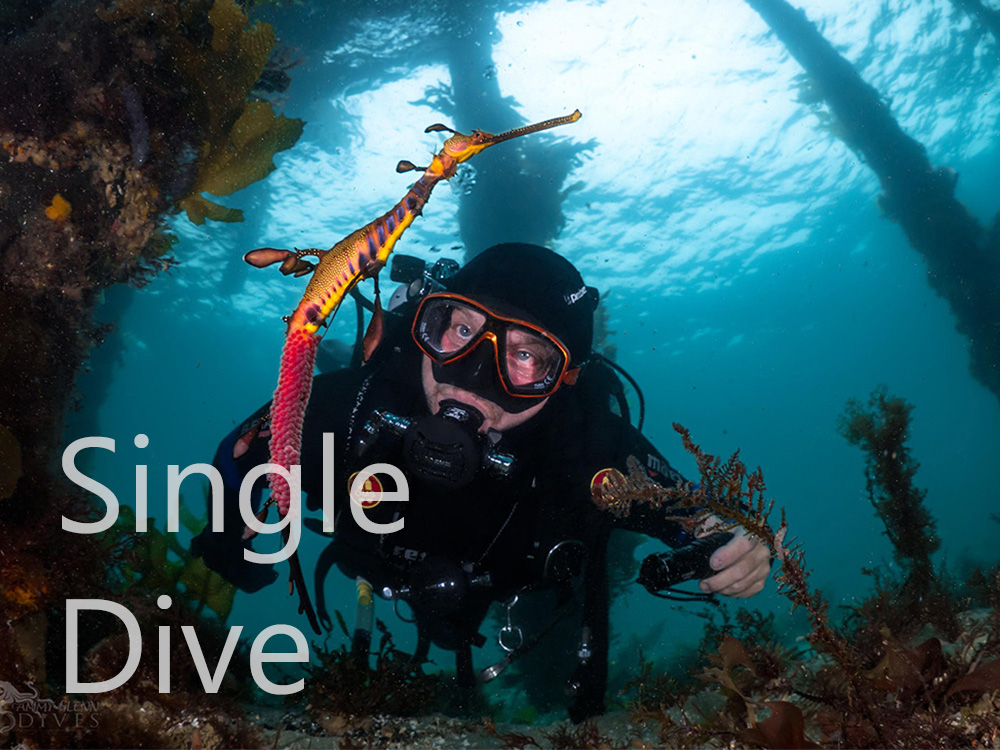Navigation
The Scuba Doctor has a comprehensive range of commercial diving suits, including hotwater suits, two piece wetsuits, drysuits and R-Vests, for commercial divers.
Point Franklin, Cape Otway
![]() Reef Dive |
Reef Dive | ![]() Shore access
Shore access
![]()
![]()
![]()
![]()
![]()
Depth: 1 m (3.28 ft) to 14 m (46 ft)
Level: Advanced Open Water and beyond.
Point Franklin (aka Franklin Point) lies east of Cape Otway between the Cape Otway Lighthouse (to the west) and Parker Inlet (to the south-east), in the Cape Otway National Park. Victoria's Otway Coast here consists of 20 to 30 metre high, vegetated bluffs fronted by rock platforms and reefs.
At Point Franklin the coast turns and heads almost due west to the tip of Cape Otway, the southernmost point in western Victoria. Along this 3.5 km section of rocky coast are small beaches and bays. The first two lie immediately west of Point Franklin, with a vehicle track off the Cape Otway Lighthouse Road providing access to Point Franklin, Seal Point and Crayfish Bay. Point Franklin West Beach faces south-west into Bass Strait and, although exposed to strong winds, it is protected from the waves by offshore reefs. This results in a steep, barless beach, with rock platforms at either end.
Diving and Snorkelling at Point Franklin
Heading west from the western end of Point Franklin Beach there are large angled gutters in the rock platforms to explore and large underwater rock slabs. At the eastern end of the beach you get to explore the rock platforms and bommies eastwards around Point Franklin. You may choose to head out to investigate the deeper offshore reefs.
Point Franklin, Cape Otway, is a great site for snorkelling and diving on the rare occasions when weather conditions permit. There is plenty of interesting reef to explore and schools of ocean going fish.
Location: Apollo Bay, Victoria 3233
Parking: Point Franklin is near the southern tip of Cape Otway, approximately three hours from Melbourne. The nearest towns are Apollo Bay (32 km north-east) and Lavers Hill (36 km north-west). From the east, approach Apollo Bay and Cape Otway along the Great Ocean Road (B100) by taking either Anglesea Road or Surf Coast Highway from Geelong.
From Colac, approach through Lavers Hill (inland route C155). From the west, pick up the Great Ocean Road (B100) by approaching via Port Campbell (inland route C164). From the Great Ocean Road (B100), take Lighthouse Road (C157).
A vehicle track from the Cape Otway Lighthouse Road (C157) runs down to near Point Franklin. Before gearing up, walk out to the tip of Point Franklin and take a look at the conditions. If you see lots of white water, head on home. If conditions are just right, gear up, walk to the entry point you've chosen, and enter the water.
Warning: This is a highly hazardous area. Always go with a buddy and be extremely careful. Weak or average swimmers should not consider diving or snorkelling here. Experienced divers and snorkellers only.
Entry/Exit: The best entry/exit point for dives at Point Franklin is from the middle of Point Franklin West Beach.
Ideal Conditions: Diving here requires a day of exceptionally good weather. Conditions need to be calm, with flat seas and no swell or rough weather coming in, which means the dive site is best in summer and autumn. Offshore north-westerly to north-easterly winds will flatten out the sea. It's an exposed site and conditions can change quickly. Beware of waves and tides when visiting this site. See WillyWeather (Point Franklin) as a guide for the tide times and the height of the tide.
Bass Strait Warning: Always keep an eye on sea conditions throughout any shore or boat dive in Bass Strait on Victoria's coastline. Please read the warnings on the web page diving-in-bass-strait before diving or snorkelling this site.
See also, Visitor Guide: Great Otway National Park - Apollo Bay, Cape Otway and surrounds.
Divers have the opportunity to catch Southern Rock Lobster (aka Crayfish) at this dive site. Remember your catch bag, current Victorian Recreational Fishing Licence, rock lobster measure, and cray tags. Once you get back to the dive boat, or shore, make sure you clip the tail and tag your Crayfish as per Fisheries requirements. Please abide by all current fishing regulations if you intend to catch crays. See article-catching-crayfish for practical cray hunting advice from The Scuba Doctor, plus melbourne-cray-dives for a list of other crayfish dive sites near Melbourne. For tips on cooking your Crays, please see article-cooking-crayfish.
Traditional Owners — This dive site is in the traditional Country of the Eastern Maar people of south-western Victoria between the Shaw and Eumerella Rivers and from Yambuk in the south to beyond Lake Linlithgow in the north. This truly ancient Country extends as far north as Ararat and encompasses the coastal townships of Port Fairy in the west, Warrnambool, Peterborough, Port Campbell, Apollo Bay, Lorne, and Airies Inlet in the east, including the Great Ocean Road area. It also stretches 100 metres out to sea from low tide and therefore includes the iconic Twelve Apostles. "Eastern Maar" is a name adopted by the people who identify as Maar, Eastern Gunditjmara, Tjap Wurrung, Peek Whurrong, Kirrae Whurrung, Kuurn Kopan Noot and/or Yarro waetch (Tooram Tribe) amongst others. We wish to acknowledge the Eastern Maar as Traditional Owners. We pay respect to their Ancestors and their Elders, past, present and emerging.
Point Franklin, Cape Otway Location Map
Latitude: 38° 51.265′ S (38.85442° S / 38° 51′ 15.91″ S)
Longitude: 143° 33.048′ E (143.550794° E / 143° 33′ 2.86″ E)
Datum: WGS84 |
Google Map
| Get directions
Added: 2022-04-12 07:03:34 GMT, Last updated: 2022-04-12 08:14:53 GMT
Source: Google Earth
Nearest Neighbour: Seal Point, Cape Otway, 933 m, bearing 268°, W
Cape Otway National Park, Otway Coast.
Depth: 1 to 14 m.
[ Top ]
DISCLAIMER: No claim is made by The Scuba Doctor as to the accuracy of the dive site coordinates listed here. Should anyone decide to use these GPS marks to locate and dive on a site, they do so entirely at their own risk. Always verify against other sources.
The marks come from numerous sources including commercial operators, independent dive clubs, reference works, and active divers. Some are known to be accurate, while others may not be. Some GPS marks may even have come from maps using the AGD66 datum, and thus may need be converted to the WGS84 datum. To distinguish between the possible accuracy of the dive site marks, we've tried to give each mark a source of GPS, Google Earth, or unknown.
Copyright © 2005-2022 by The Scuba Doctor Australia, ABN 88 116 755 170. All rights reserved.
tel. +61 3 5985 1700 :: email. diveshop@scubadoctor.com.au :: Web site by it'sTechnical 2022














![Halcyon Infinity 30lb System [SS Small Backplate] Halcyon Infinity 30lb System [SS Small Backplate]](/diveshop/images/halcyon/Halcyon-Evolve-Wing.jpg)



















































































































